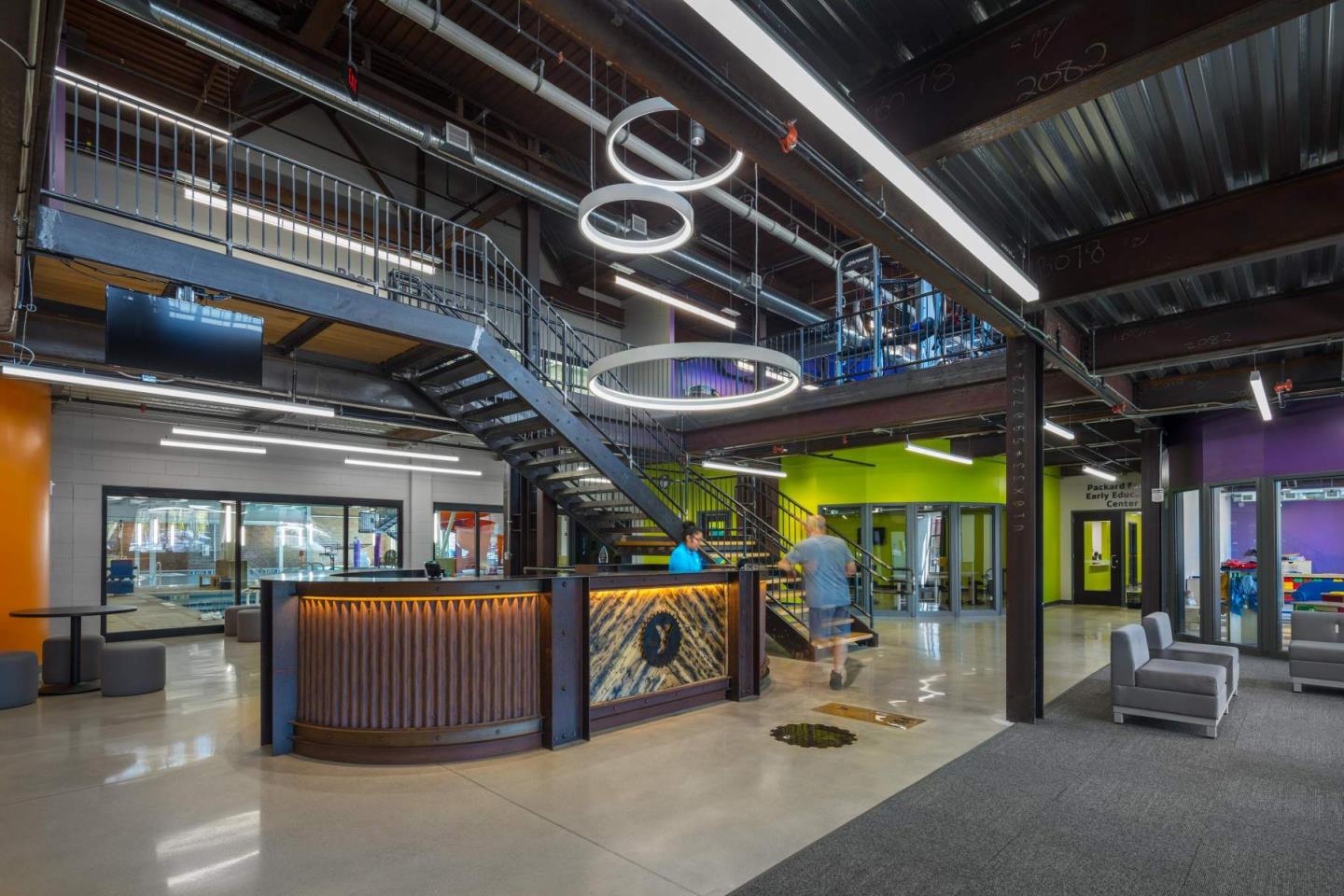Embarking on a YMCA building project is an exciting journey that not only enhances your facility but also significantly impacts your community. As architects with extensive experience designing YMCA facilities, we understand the unique challenges and immense rewards that come with these projects. Here, we share a few key insights and strategies essential for anyone considering undertaking a new YMCA building or renovation project.
1. Know your Why
Understand the purpose behind your project. Not just for more space or a functional facility, but why it matters to you, your members, and your community. A construction project requires many value decisions along the way. Knowing your WHY and what’s most important to your YMCA project will help you make sound decisions that further your mission and keep the focus of your project on your reasons for building.
2. Build Your Team with Expert Help
Engage with architects, builders, and consultants who are familiar with your Y and your business. This applies to your hired team, but also to your internal building committee and representatives. Leverage your board members’ experience in construction or solicit new board members who have such experience. Build a team you trust and then delegate, delegate, delegate.
3. Construction is Just the Tip of the Iceberg
Construction is only the visible part of years of effort. It takes a long time for a project to get to the groundbreaking stage. Proformas, conceptual design, site selection, fundraising, entitlements and the full design and engineering process can take several years, depending on the scope and complexity of the project. Be realistic about your timeframe and communicate the schedule to all team members on a regular basis.
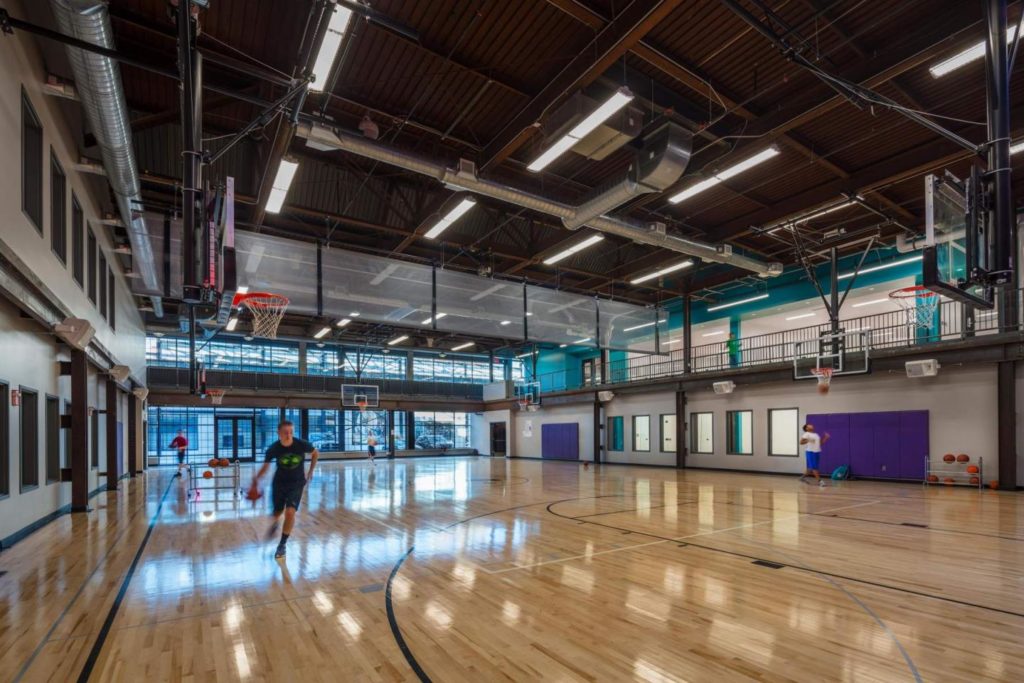
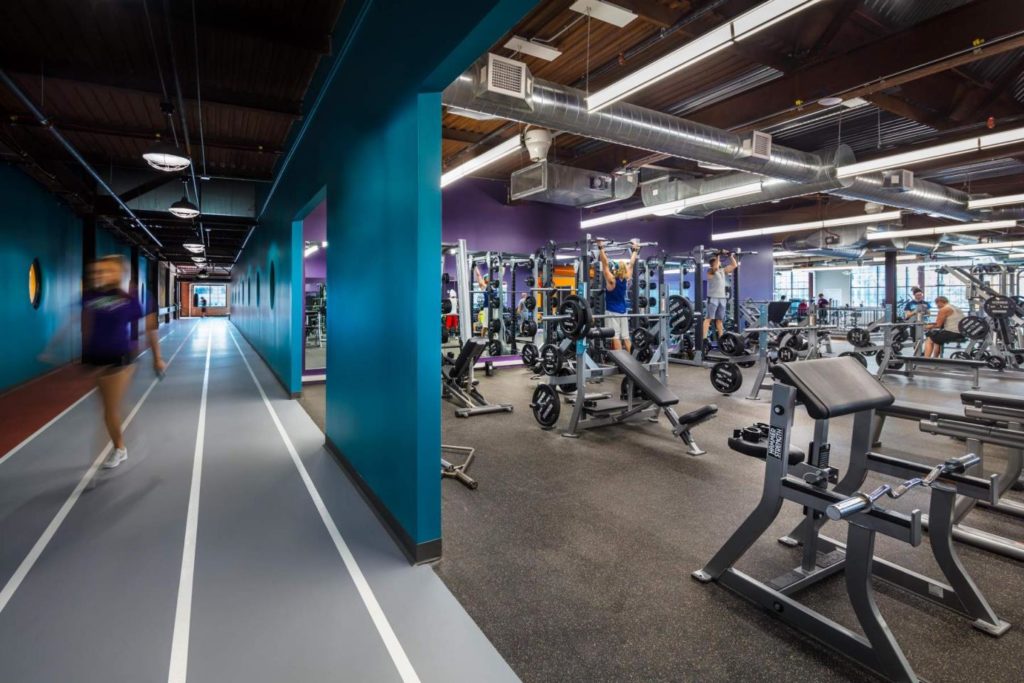
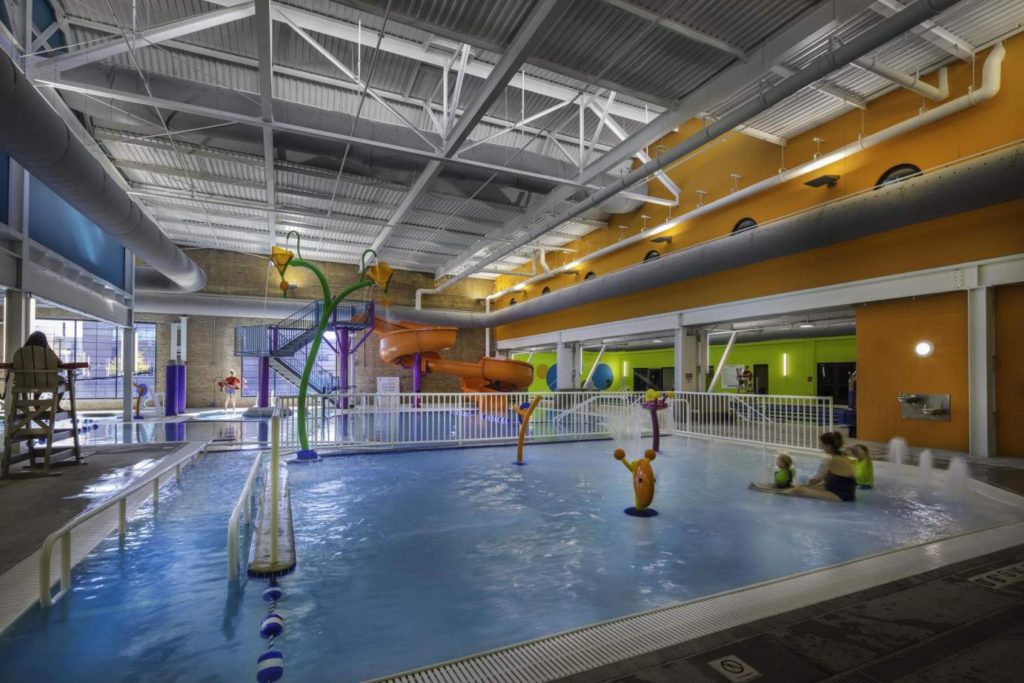
4. Big Picture Thinking/ Get Into the Weeds
There is an appropriate time for each. The early stages of a project need your best big picture thinking regarding context, the community, long term uses and future expansion. Later stages of the design process will require careful and thoughtful application of the finer details such as door hardware, electrical outlets and maintenance approaches. Knowing when to lean on each task will reduce re-work and keep the team focused in the right direction.
5. Anything is Possible, Not Everything is Advisable
Anything can be done with enough steel and enough money, but it may not be the wisest use of either resource. Stretching a material to its limits or forcing a solution to fit a preconceived notion can cost you more than the value you receive. If it is difficult to explain or detail, it will be difficult to build, which means it will be more costly.
6. A Slice of the Pie
While construction costs are significant, planning and design costs are a sliver of the overall project. The architectural and engineering fees are some of the first costs you will incur on a construction project. Budgeting for these fees ahead of time will help alleviate some of the initial stress on cash flow. The A/E fees represent anywhere from 5% to 10% of the overall project cost, but good designers can have significant impacts on construction costs and project performance. Cheapest is not always the best and could cost more in the long run.
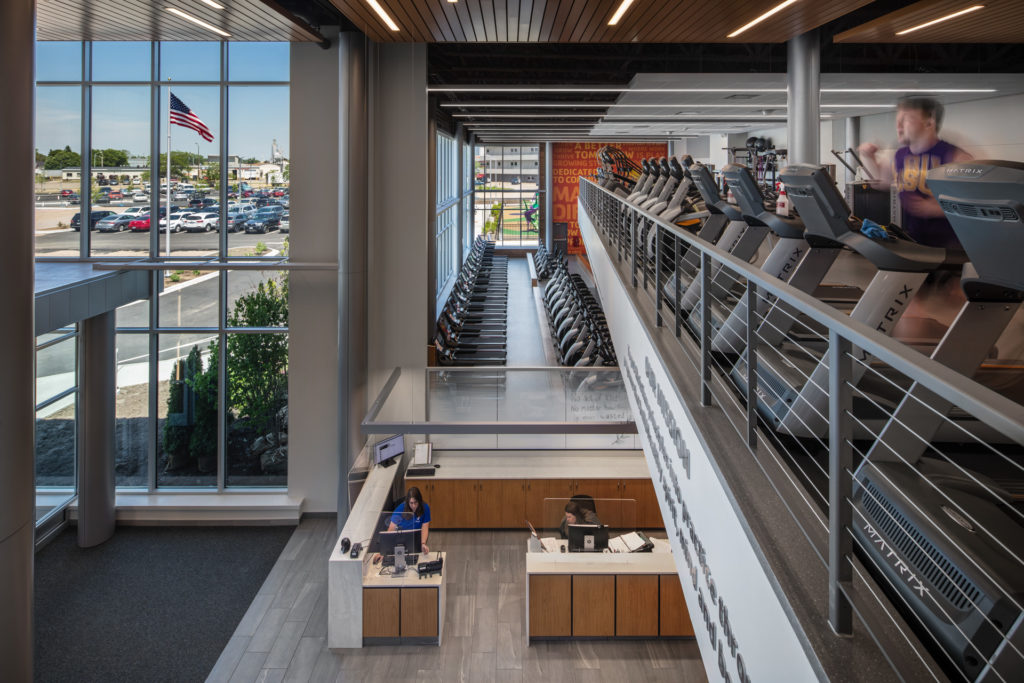
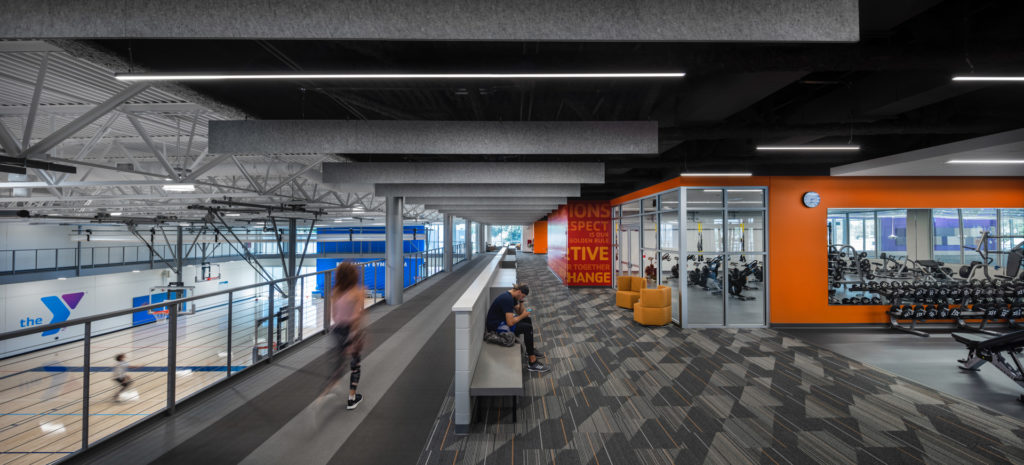
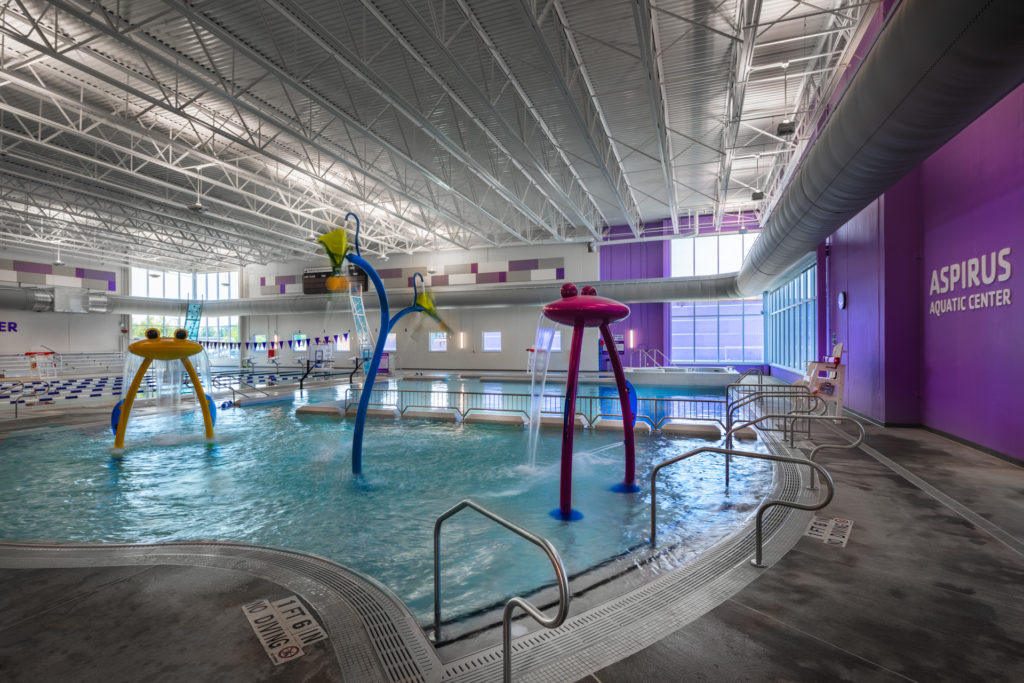
7. Another Full-Time Job
Understand the time commitment required for the project. It will take a considerable amount of time and can last for several years. Find ways to delegate portions of your current role to other people in order to find time to focus on the big decisions that will affect your organization for years to come.
8. Mine Your Data
Gather and utilize various types of data about your members, your community, and the site. All sorts of our team members need all sorts of data – member surveys, membership data, questionnaires, site survey, geotechnical borings, existing drawings, utility usage, water quality – the works. The A/E team will use all these bits of information to understand your business, your operation, your facility and how you use it. The more we know, the better we know you. Sometimes this data is hard to find or takes time to acquire.
9. Construction Delivery Method
There are several fundamentally different design and construction delivery methods, and inside each method there are further nuanced differences. The methods used to select an architect, or a construction manager can vary significantly, and will depend on your board membership, donor input, availability of local quality organizations, and board contracting requirements.
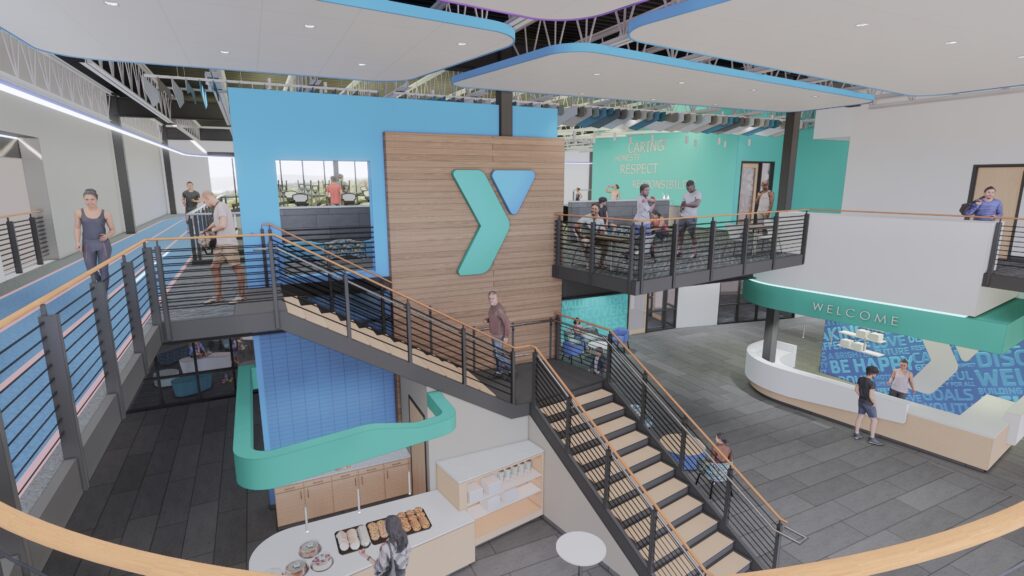
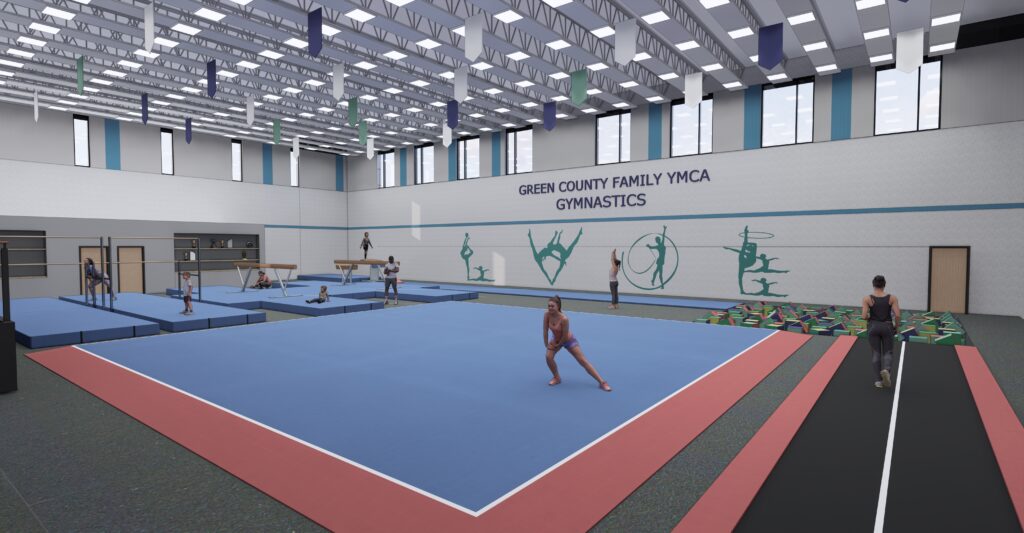
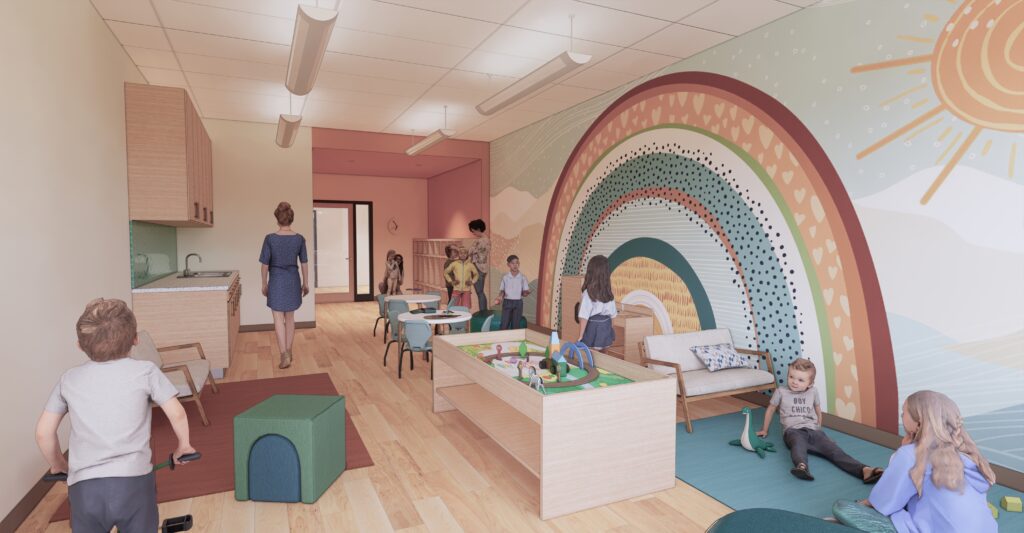
10. Everyone Gets Their Hands Dirty
During the design phase, set aside 5% to 8% of the construction cost for your construction contingency, and don’t touch it. Maintain it throughout design and into the start of construction, especially if the project involves the renovation of an existing building. There will be surprises underground, unexpected obstacles hidden behind walls and changes that will need to be made during construction in order to keep moving forward. Owners, contractors, and architects need to work together and make collaborative compromises to solve some problems and keep the process moving forward smoothly.
Whether you’re expanding existing YMCA spaces or creating new ones, we’re here to help you navigate this process, ensuring that your project not only meets but exceeds the expectations of your members and your community.
Have a question or just need a sounding board for some things you may be considering? Please reach out, I’d love to hear from you. You can also get additional insights from fellow YMCA Directors who have gone through the process themselves.

